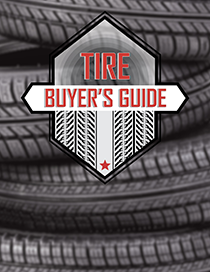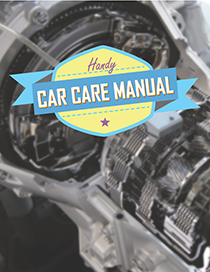The Importance of Tire Rotations
Tire rotation is a crucial aspect of vehicle maintenance that ensures the longevity and performance of your tires. Here are the key reasons why tire rotations are important:
- Even Tire Wear
Tire rotation helps in distributing the wear more evenly across all four tires. Different positions on a vehicle can lead to different wear patterns due to varying loads, driving habits, and alignment settings. For example:
Front tires often wear out faster than rear tires on front-wheel-drive vehicles due to the weight of the engine and steering functions.
Rear tires might wear differently if the vehicle has a rear-wheel-drive configuration.
- Extended Tire Life
By rotating your tires regularly, you can extend their lifespan. Even wear patterns mean that no single tire will wear out prematurely, allowing you to get the most mileage out of your tire set.
- Improved Performance and Handling
Consistent tire wear ensures that your vehicle handles predictably. Unevenly worn tires can affect the balance and stability of your car, leading to a less comfortable and potentially unsafe driving experience.
- Enhanced Safety
Properly rotated tires contribute to better traction and handling, especially in adverse weather conditions. Even tread wear helps maintain optimal contact with the road, reducing the risk of hydroplaning, skidding, or blowouts.
- Maintains Warranty Validity
Many tire manufacturers require regular tire rotations as part of their warranty terms. Failing to rotate your tires as recommended can void your warranty, leaving you without coverage if something goes wrong.
- Cost Savings
Regular tire rotation can save you money in the long run. Even wear reduces the need for premature tire replacements and ensures that all tires wear out at the same time, making it easier to replace all four tires together, often at a discounted rate.
- Improved Fuel Efficiency
Unevenly worn tires can increase rolling resistance, which can reduce your vehicle’s fuel efficiency. By rotating your tires and maintaining even wear, you can ensure better gas mileage and reduce fuel costs.
- Rotation Patterns
Different vehicles and tire types require different rotation patterns:
-
- Front-Wheel Drive (FWD): Typically involves swapping the front tires straight to the rear and crossing the rear tires to the front.
- Rear-Wheel Drive (RWD) and All-Wheel Drive (AWD): Usually involves crossing the front tires to the rear and moving the rear tires straight to the front.
- Directional Tires and Asymmetrical Tires: These types of tires have specific rotation patterns and should be handled according to the manufacturer’s recommendations.
- Frequency of Tire Rotations
The general recommendation is to rotate your tires every 5,000 to 8,000 miles or as advised in your vehicle’s owner’s manual. It’s often convenient to rotate your tires during every other oil change.
Regular tire rotation is a simple yet highly effective maintenance task that promotes vehicle safety, performance, and longevity. By adhering to a regular rotation schedule, you can ensure that your tires wear evenly, saving you money and enhancing your driving experience.







